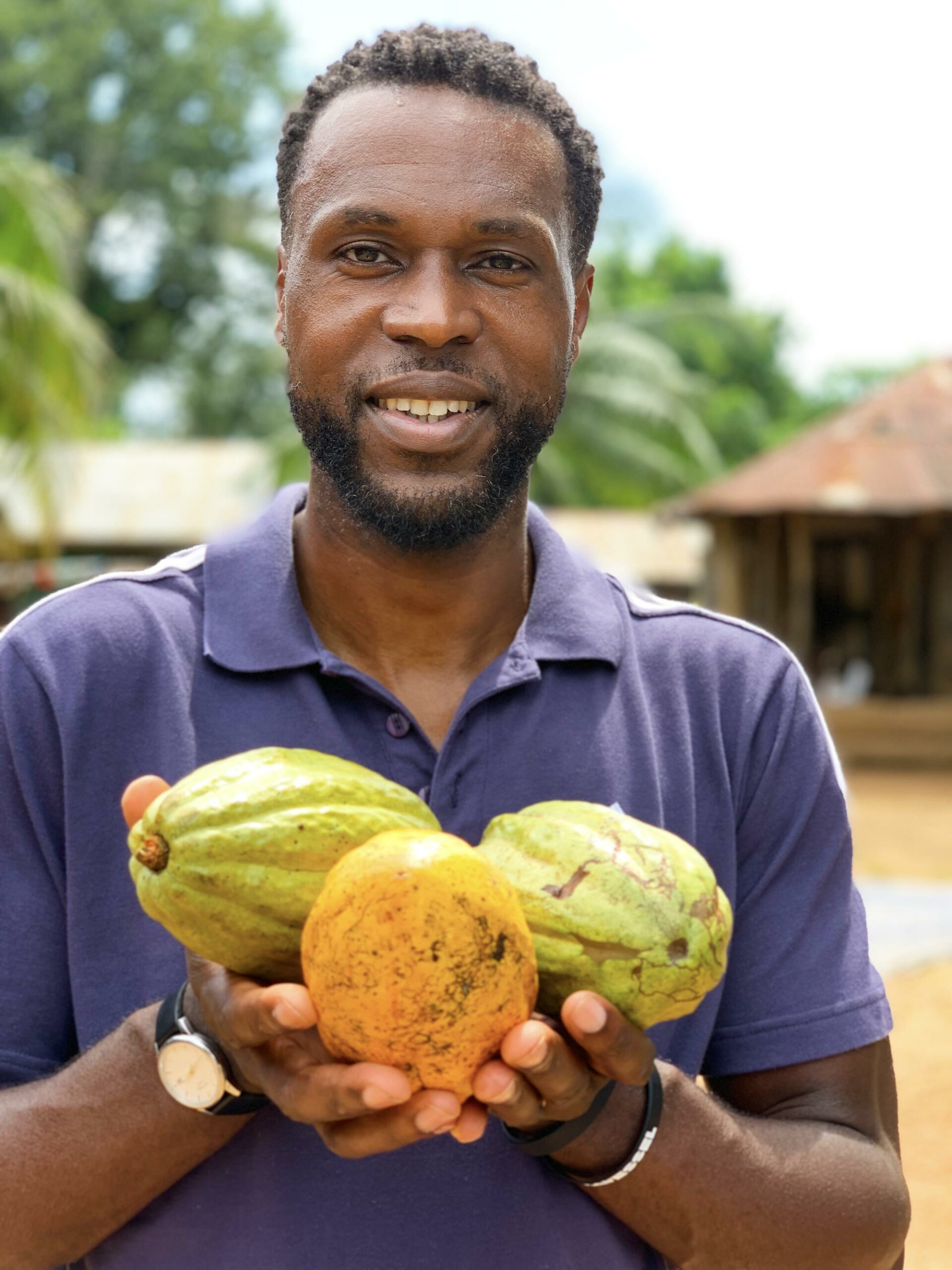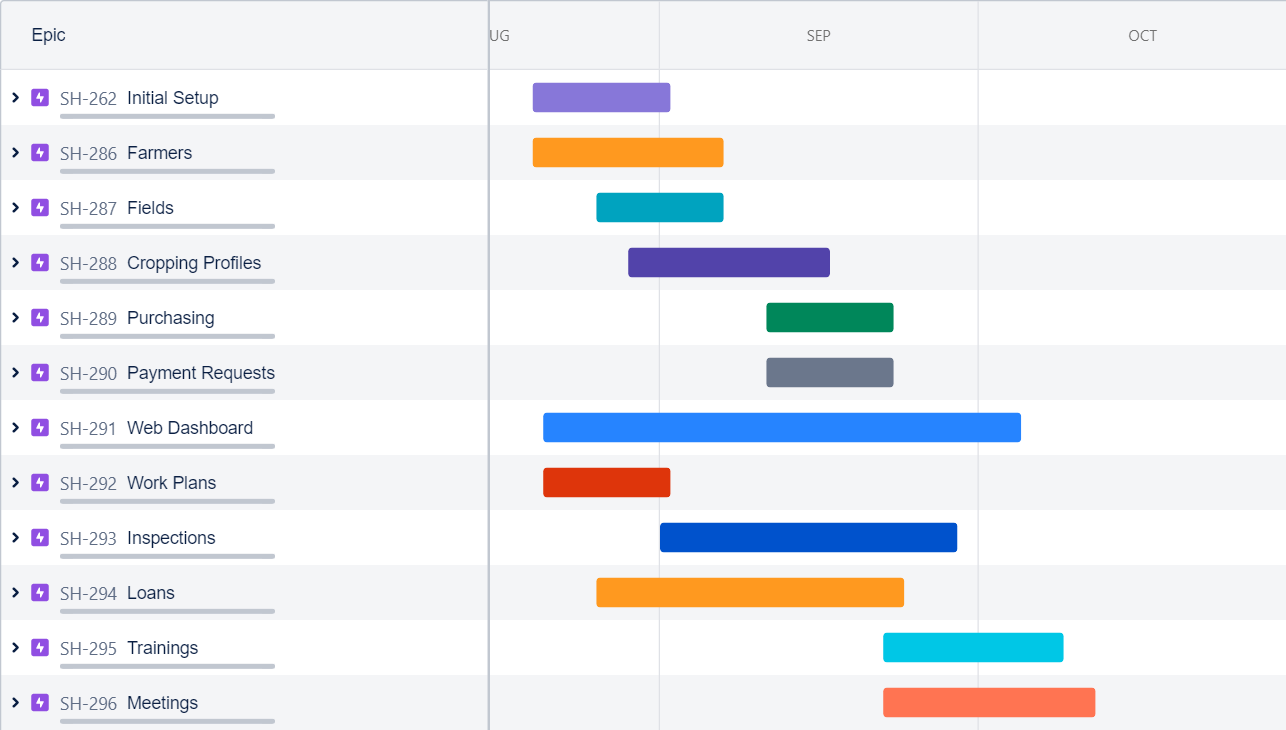My Role
Product Manager. User Research, Product Design, UX design, UI design, Interaction, Branding, Prototyping & Testing, Product Strategy, Pitching
Client
Multiple
Sector
Agriculture, Farming, Sustainability, Food Security
Project Date
2017 to present
When my boss at the Creative Industries KTN left London to move to Malawi, I didn’t expect to hear from him again so it was a pleasant surprise when he reached out to me almost 2 years later and invited me to come to Malawi to help out on a project all about modernising the age-old contract farming industry.
In contract farming, a company will typically engage with thousands of individual local farmers and enter into a contract with each one promising to buy their produce. They would often give the farmers cash or seed loans, give them training to help them increase their output and want to have evidence that they are helping to improve the livelihood of the farmer over time. Over the past few years, the requirement for traceability (evidence of the provenance of the produce all the way back to origin) has increased as has the requirement for fair trade, organic certification, sustainability. In the developing world, there are still large numbers of farmers who have low literacy levels and do not have a national ID card to verify who they are or prove ownership of their land. Crucially, many do not have internet access or a smartphone.
Therefore there are still many companies with teams of ‘Extension Workers’ travelling to visit farmers to collate data they need on that farmer’s ID, her farm, her production, her loan repayments, her families welfare and more, using paper and pen or on a phone and sent into an office where a human will translate it all into a database. The companies have real problems knowing who is registered, who will honour their loan agreement and predicting what the upcoming harvest will look like.
A large organisation in Malawi was in this situation. They had a team of 30 extension workers. They asked the innovation consultancy I worked with to look at the solution for them. That’s where I come in! With John as lead developer and myself as lead designer, we got to work!
Back in 2017 when we started, it was very much an emerging market and there was very little established competition. My desk research found that the few solutions out there at the time fell into 3 groups, and further user research gave me an insight into how these solutions were perceived:
It was clunky and rigid. It wasn’t a good fit to how we do things”.
The cost was far too high for our budget”
Basically, a survey tool as mobile app or in a mobile web browser –
We need someone with experience in this tool to make it work for us. We don’t have the know-how to use it properly”
Hire an agency or employ in-house development and IT support team –
Recruiting people out here with the skills we need is really difficult and expensive. And then he moves on he takes the knowledge with him, we have to recruit all over again.”
Having lived in London nearly all my life, I had to get to grips with what life was like for subsistence farmers in rural areas in the developing world and the organisations working with them!
I spent a week ‘in the field’ conducting interviews with all the key stakeholders and user groups. I defined the main user profiles and based them on real interviewees to better empathize with the key stakeholders and prioritize goals according to their needs.
We received some funding prior to the first commercial client to do the initial research and create an MVP. Where we developed concepts such as
It wasn’t until we had our first commission from FSU that allowed me to do further research and testing with real Extension Team Workers out in the field and develop concepts like:
After testing the wireframes via 121 interviews with sample users, I made some adjustments and began to create the high-fidelity wireframes/mockups.
Below are some of the web analytics dashboard screens. There were several technical constraints and pre-conditions that needed to be taken into account which I had to bear in mind during the design of the web UI. I had worked with the same development team on previous dashboards for other products and time was limited so I knew we had to use similar frameworks & toolkits to build out this one rapidly (bootstrap, angular js, highcharts etc).
Similarly, with the mobile app UI, we had limited development resources and iOS devices were virtually non-existent in the environment we were designing for! Therefore, I stuck very closely to the Android Material Design system to speed up development time and provide a UI that users could use even if it was their first time using an android device.
The below designs are for tablet in landscape mode.
Within 18 months we had gone from just an idea to a product being used by multiple organisations. My role expanded to a Product Manager as we looked to onboard more clients in different countries with nuanced needs. In August 2018, after listening to users on another visit to Malawi to see our largest client and also speaking with potential clients, I wrote a document that informed our product roadmap and client acquisition strategy for the next few years:


For the next 3 years, as Product Manager my role involved:
As Product Manager and UX design lead, I’ve researched, designed and implemented several new features in to the product over the years